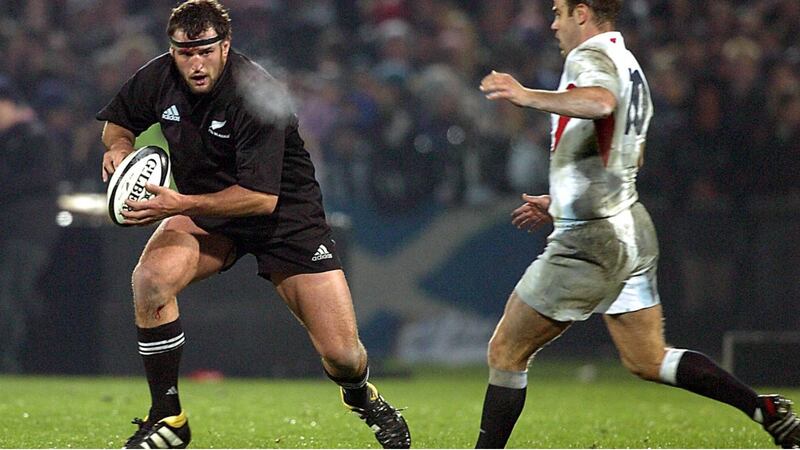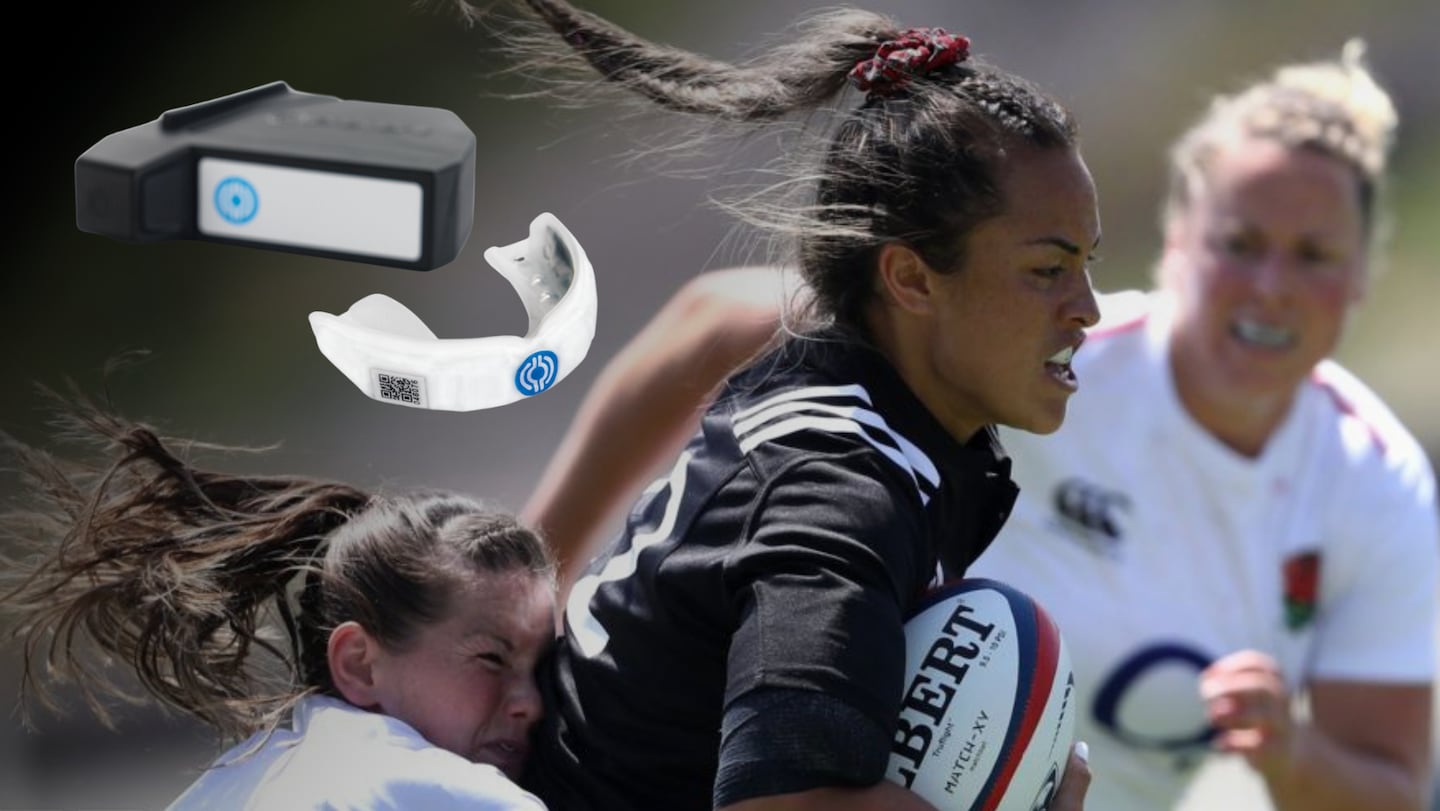The women’s international rugby scene is experimenting with a new tool: the smart mouth guard.
This piece of technology involves giving players mouthguards capable of detecting when a player sustains a severe head impact.
The aim is to minimise the long-term effects of head injuries.
Starting next year, professional rugby players will be mandated to use this technology to enhance safety on the field.
Associate Professor Melanie Bussey, from Otago University, who has a background in biomechanics, is optimistic about the device’s functionality.
“So far, we haven’t had any teeth injuries, so it does seem to function like a mouthguard should … we hope.
We haven’t had too many complaints. I think some athletes say they can feel when it’s on the side, it feels bulkier.”
The motivation behind this is clear, with a Sport NZ study revealing that 9% of Māori engage in rugby in Aotearoa.
Bussey envisions extending the use of this technology to make the game safer for children.
She believes it addresses concerns with parents being too scared to put their children into playing rugby.
“I think we’re wondering whether those younger players would be experiencing more risky things because they’re less experienced but, because they’re smaller and they’re playing with smaller people, they tend to be a little bit more protected, it seems.”

The Smart Mouth Guards are used in the National Football League (NFL) in the US and are being trialled in the Australian Football League (AFL).
In Aotearoa, it’s undergoing testing in the World XV women’s competition.
After two weeks of the competition, they have made some common discoveries.
“While they have higher head acceleration within the female population based on experience, overall their impact experience is still smaller than the men’s.
“This means the number of impact events that they’ll have in a contact situation is lower.”
This technology aims to significantly improve the post-rugby health of players.

Former All Black prop Carl Hayman (Ngāti Tūwharetoa) serves as a stark example, having faced early-onset dementia stemming from undetectable head impacts.
American-born Bussey says the teeth protector has a unique implant that will help make discoveries of head injuries easier ,so officials can pull players off the field for an assessment.
“It has a proximity sensor, and that sensor is one of the most important things because it tells us when the mouthguard is on the person’s teeth. It tells us when it’s in their sock, if it’s behind their ear or anywhere else not on their teeth.
“We decided to set the threshold for triggering around 5GZ, which is similar to what you would experience on a roller coaster.”
While the technology offers an incredible potential to enhance player safety, the next challenge is to make it affordable for families when it’s made available to the public.



